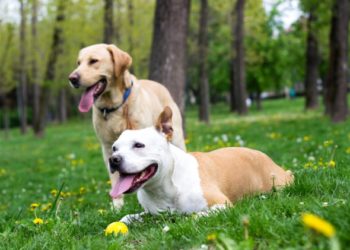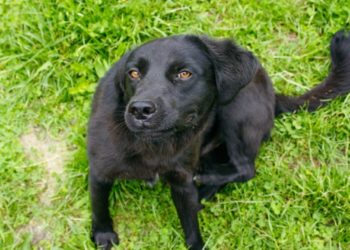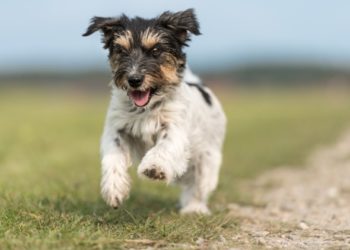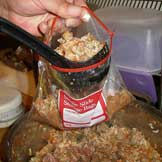
You are probably familiar with the concept of “good” and “bad” fats as it applies to human food. Fats are described as being “bad” when their inclusion in the diet is associated with abnormally high blood cholesterol levels and an increased risk of heart attack or stroke and “good” when this is not the case. Most bad fats are of animal origin (think butter and a marbled steak) while good fats are typically derived from plants (e.g., canola oil).
Does this concept of good and bad fats have relevance when it comes to feeding our dogs and cats? I’ve always told my clients that the answer is “no” because these species are at much lower risk for heart attacks and strokes caused by arthrosclerosis than are we. I just ran across an elegant explanation as to why this is true in an article entitled “Facilitative and functional fats in diets of cats and dogs” written by John Bauer, DVM, PhD, DACVN.
Although the concept of good and bad fats is appropriate for human health, dogs and cats are able to consume both types of fats in their diets without undue risk of coronary artery diseases, heart attacks, or strokes to which humans succumb. The simplified reason for this is that they have more good cholesterol (HDL) than bad cholesterol (LDL) to begin with, no matter what types of fat they consume. Second, in contrast to humans, dogs and cats typically are resistant to the development of hypercholesterolemia and atherosclerosis, even when they consume amounts of dietary fat that would typically turn human blood into sludge.
The fact that good cholesterol concentrations are higher than the concentrations of bad cholesterol is part of the mechanism that protects them from cardiac diseases that may affect humans. In addition, although saturated fats (and possibly trans fats) may cause modest increases in blood cholesterol concentrations in dogs, these dietary components do not appear to impart any increased risk of arterial diseases in dogs, which is in contrast to their effects in humans.
Thus, it is not advantageous to classify the various types of fats as good or bad in dogs or cats, although definitive data for cats (other than the fact that cats have high HDL cholesterol concentrations) have not been obtained. In view of these metabolic differences, it is proposed that the types of dietary fats for dogs and cats should be classified as functional or facilitative, rather than good or bad, respectively.
For more on classifying dietary fats as functional or facilitative, head on over to today’s Nutrition Nuggets for cats.

Dr. Jennifer Coates
Source:
Facilitative and functional fats in diets of cats and dogs. Bauer JE. J Am Vet Med Assoc. 2006 Sep 1;229(5):680-4.
Image: All you can eat bacon / via Chuba & Company









